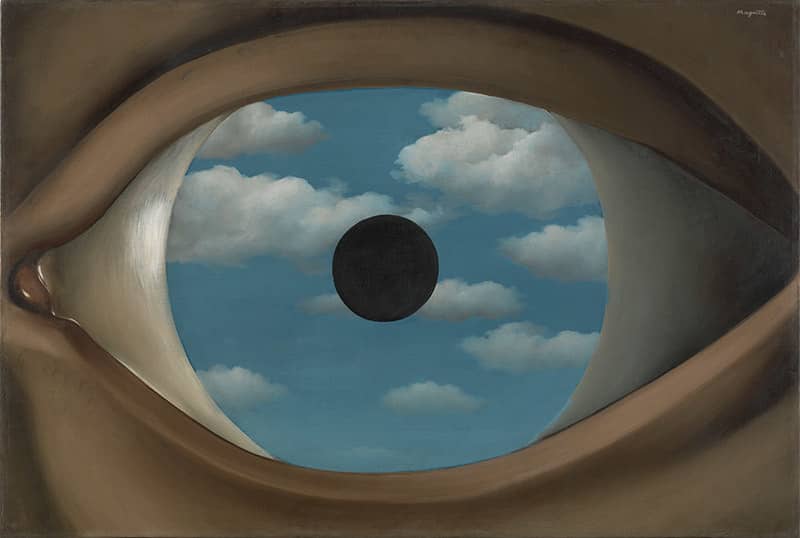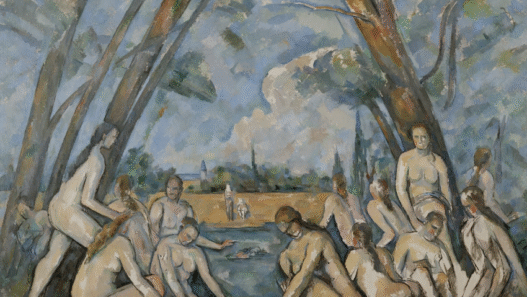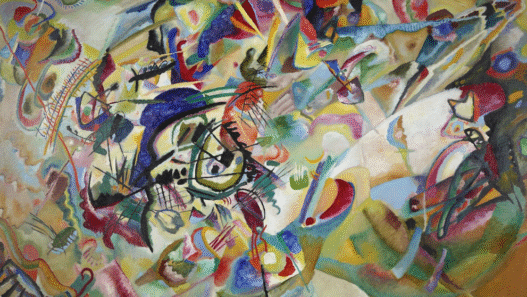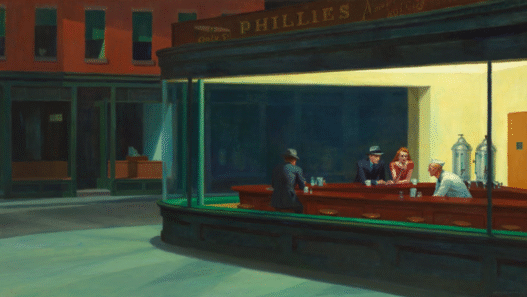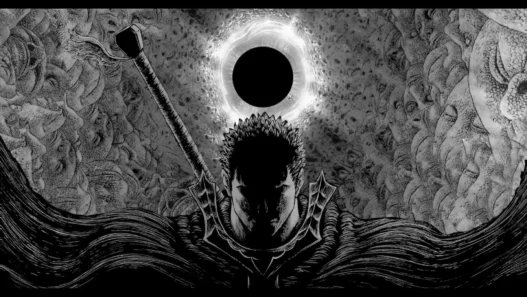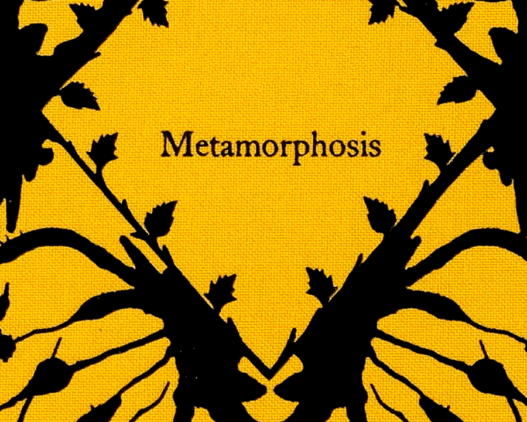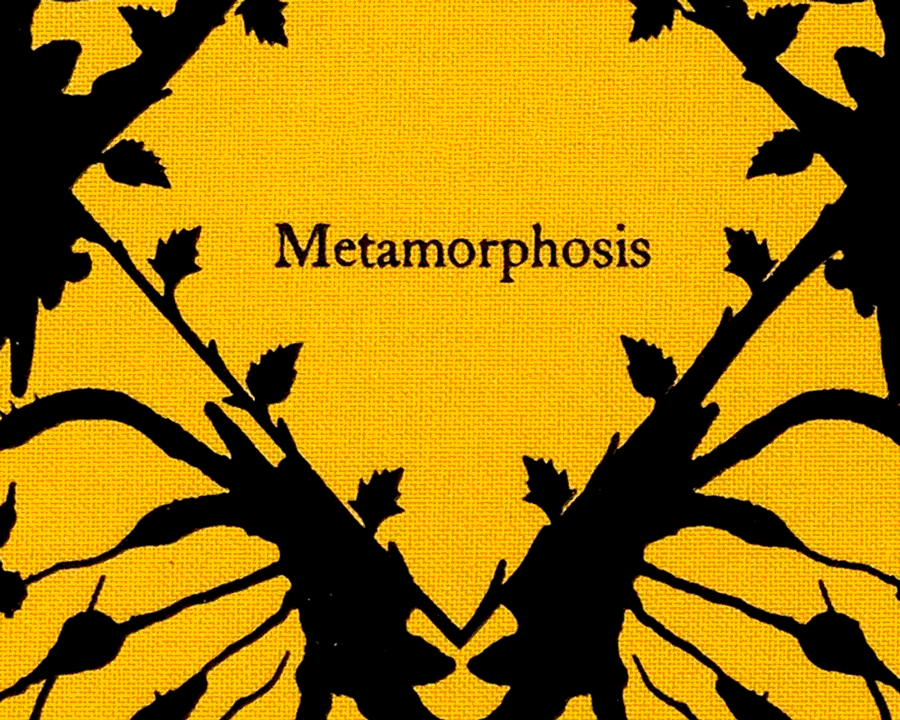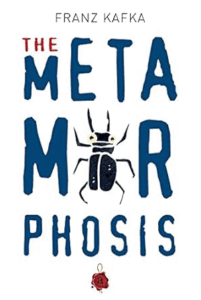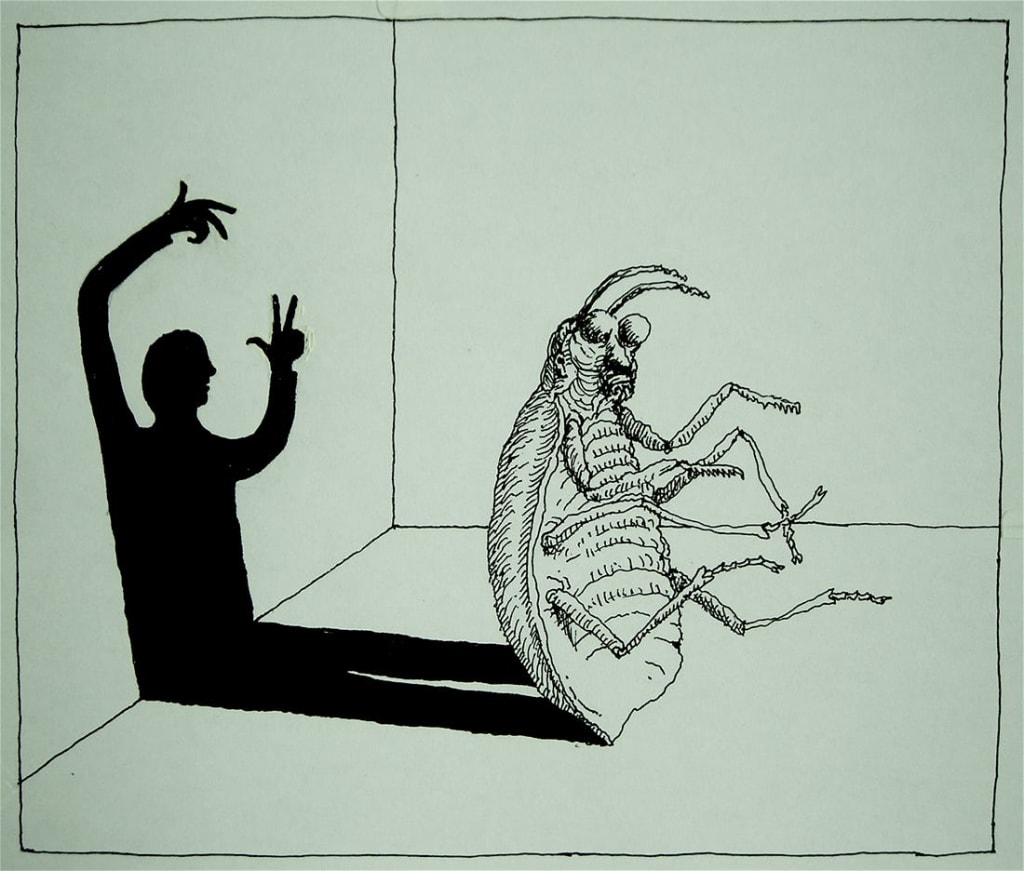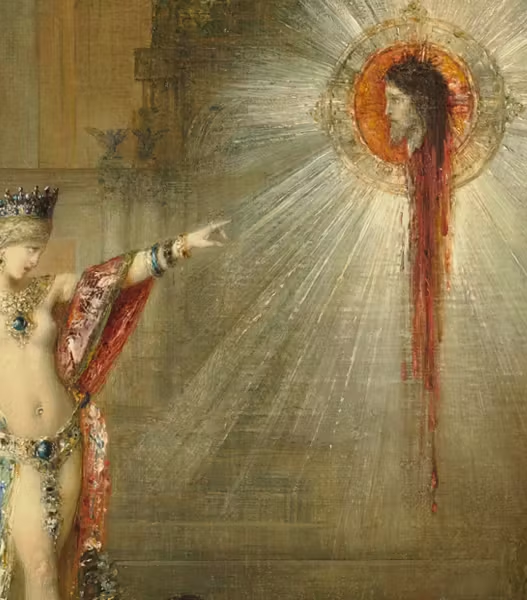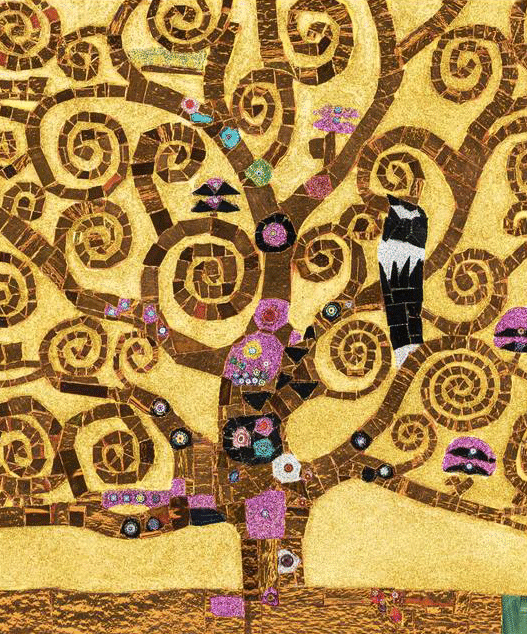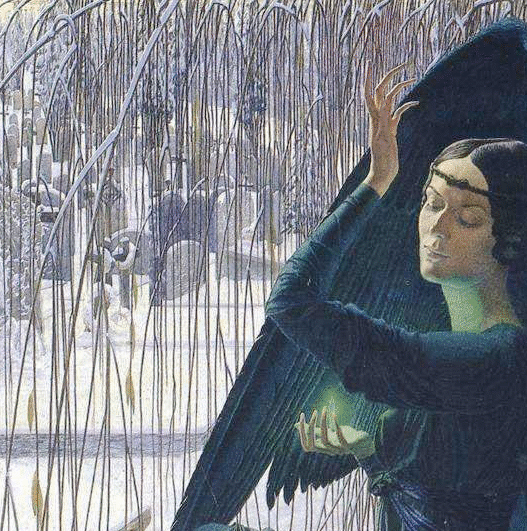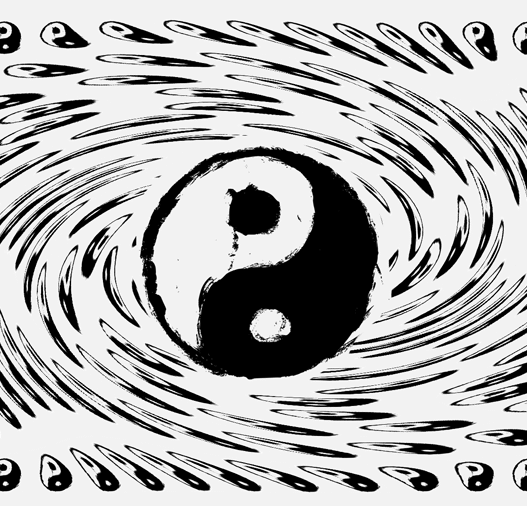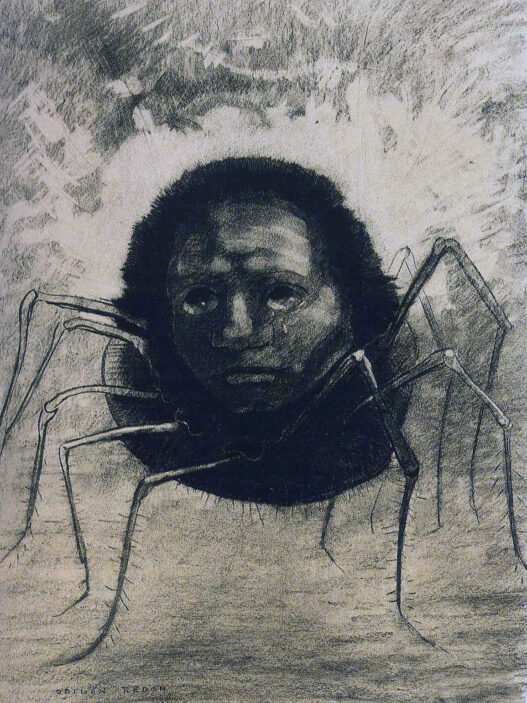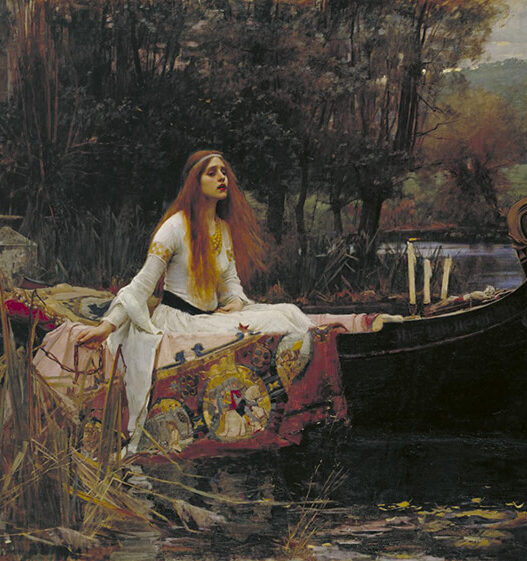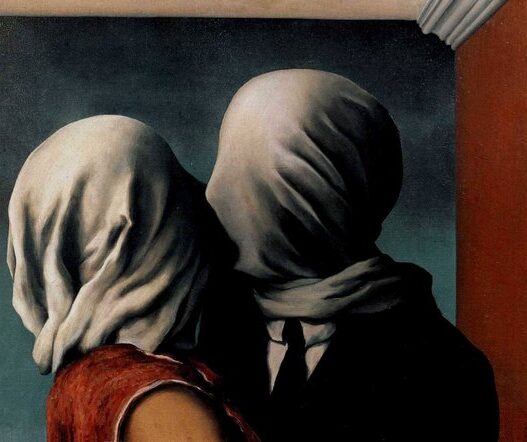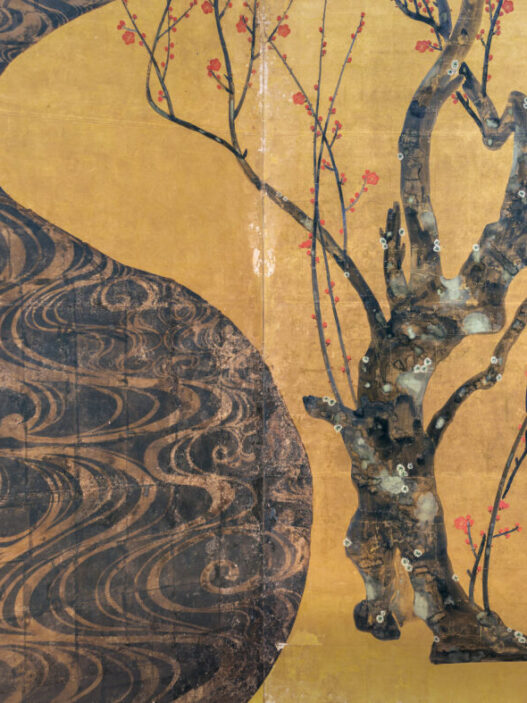Change is inevitable
But metamorphosis is something far more profound. It is the sacred act of dying while still alive, of dissolving everything we once were so that something entirely new can emerge. Across myth, nature, and human experience, metamorphosis is the heartbeat of transformation, a symbol of death not as an ending, but as a necessary threshold to rebirth. It is the butterfly’s surrender to darkness, the phoenix’s self-immolation, the shedding of the serpent’s skin, each a timeless reminder that to truly evolve, we must first let go of what no longer serves us.
Metamorphosis Death Before Becoming
We often celebrate the butterfly, but we rarely speak about the caterpillar’s obliteration. Inside the cocoon, it does not sprout wings overnight. Instead, it dissolves, breaking itself down into a formless state before rebuilding anew. It is a small death, a necessary destruction.
This is the first truth of metamorphosis: something must end for something else to begin.
In mythic language, this is the nigredo of alchemy, the blackening, the disintegration of what no longer serves. It is the phoenix burning in its nest before it can rise again. It is Christ’s crucifixion before resurrection, Persephone’s descent into the underworld before spring, the snake’s shedding of skin before renewal.
Death, in this sense, is not a conclusion. It is an invitation to transformation.
The Human Metamorphosis
When the butterfly breaks free, it does not mourn the caterpillar. It carries the memory of that stage within its wings, but it no longer crawls, it soars.
Rebirth is not a return to what was; it is a transcendence of it. It is a deeper, wiser, freer state of being. And like all metamorphoses, it leaves a scar, a reminder of the darkness we endured and the strength it gave us.
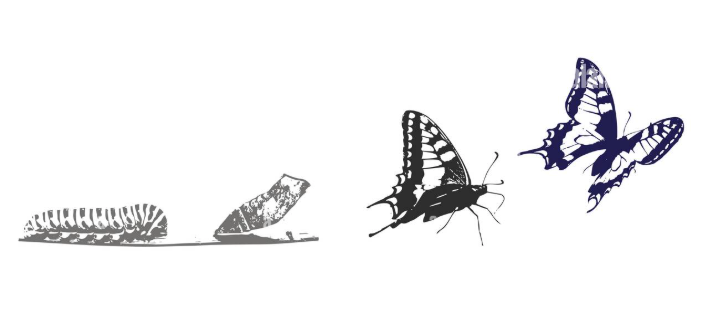
Each time, we must let something die: an identity, a belief, a way of being. And in the ashes, something new takes shape, often slowly, often painfully, but always with purpose.
The key is trust. Trust in the darkness, trust in the unraveling, trust that even as the old self dissolves, a new self is forming, wings pressed gently against the cocoon’s walls, waiting to emerge.
J. Krishnamurti saw psychological death as the complete dissolution of the self, the letting go of memories, beliefs, and attachments that define who we think we are. This kind of death is not physical but inward, and it opens the door to a profound rebirth into the present moment. For Krishnamurti, true renewal is not a single event but a continual process, a daily shedding of the past and all the contents of consciousness.
Only through this ongoing ending can life be encountered freshly and directly, free from the weight of old fears, sorrows, and conditioning
The Liberation Beyond Death: The Fountain

Each time, we must let something die: an identity, a belief, a way of being. And in the ashes, something new takes shape, often slowly, often painfully, but always with purpose.
Darren Aronofsky’s The Fountain is one of cinema’s most poetic meditations on death and rebirth, a visual symphony where mortality is not an ending, but a bridge to transformation. The film weaves three timelines across a thousand years, all orbiting a single truth: that clinging to life as it is prevents us from experiencing life as it could be.
Tommy, the protagonist, spends much of the film trying to defeat death, searching for the Tree of Life, racing against time to save his beloved, and denying the inevitability of loss. But his journey, like an alchemical rite, is one of surrender rather than conquest. Only when he lets go, when he allows death to happen, does he understand its deeper meaning: that every death is also a seed, and from that seed, new life grows.
This idea mirrors the myth of the dying god, Osiris dismembered and reborn, Christ crucified and resurrected, Persephone descending and rising with the spring. In each story, the end is not a void but a womb, the dark soil from which renewal blossoms. The Fountain teaches us that death is not an enemy to be conquered but a sacred act of transformation, and that through acceptance, we find eternity not in the denial of endings, but in the endless cycle of becoming.
The key is trust. Trust in the darkness, trust in the unraveling, trust that even as the old self dissolves, a new self is forming, wings pressed gently against the cocoon’s walls, waiting to emerge.
Buy on Amazon
“The most valuable & complete explanation of Jungian dream-work.”
Life, Death, and Rebirth in Franz Kafka
Franz Kafka’s The Metamorphosis is not simply a tale of grotesque transformation, it is a modern myth of death and rebirth, an allegory that speaks in archetypes older than civilisation itself. Gregor Samsa’s sudden change into an insect is less a literal metamorphosis than a symbolic death: the annihilation of the self, the ego, and the illusions that bind one to a comfortable but hollow existence.
Like the ancient heroes who descend into the underworld — Orpheus searching for Eurydice, or Inanna surrendering her crown and garments — Gregor is stripped of every layer of identity he once clung to. His humanity, his family’s respect, his social function — all fall away as he enters a symbolic underworld within his own home. This “death” is a necessary disintegration, mirroring the alchemical nigredo — the blackening stage of putrefaction where the old self rots, making way for the possibility of transformation.
Yet Kafka’s genius lies in showing that rebirth is neither guaranteed nor glorious. Gregor does not rise like the phoenix, triumphant and renewed; instead, his story reflects the shadow side of the rebirth myth — the possibility that transformation might reveal a truth too unbearable for the old self to survive. In this way, his metamorphosis becomes a mythic cautionary tale: a reminder that awakening often begins with collapse, that the path to transcendence demands sacrifice, and that the death of the self is not always followed by resurrection in the form we desire.
Kafka’s narrative invites us to see metamorphosis as a sacred cycle — a symbolic journey through death, darkness, and potential rebirth. It is the soul’s descent into the cocoon, the serpent shedding its skin, the winter earth lying fallow before spring. And even when rebirth does not arrive as expected, the myth endures: transformation always carries meaning, even when it ends in silence.
Metamorphosis Explained
Metamorphosis Across Eastern Philosophy
The concept of metamorphosis, symbolising profound transformation, is prevalent across various cultures and philosophies. In Taoism and Chinese Buddhism, the term Bianhua (變化) denotes transformation or metamorphosis. Daoists use it to describe things transforming from one type to another, such as from a caterpillar to a butterfly.
Buddhist translators employed it for the Sanskrit term ‘manifest through transformations’, referring to the ‘transformation body’ of a Buddha’s reincarnations. The philosopher Zhu Xi distinguished between sudden, transformational change and gradual, evolutionary change, illustrating the multifaceted nature of transformation in Chinese thought.
